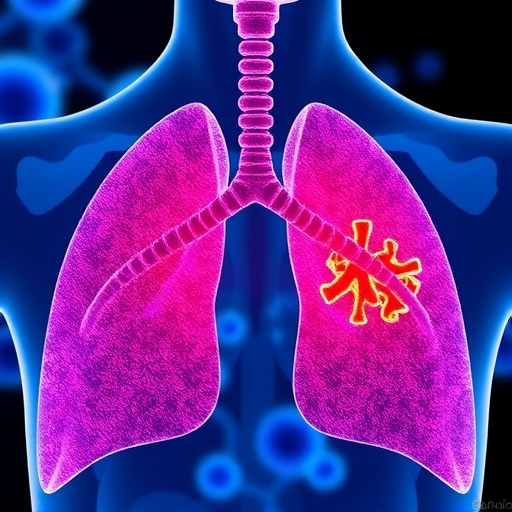WASHINGTON, DC –Following emergency care for an opioid overdose, an emergency department-facilitated transition to outpatient care is more likely to lead to healthier patient outcomes when it begins with Medication-Assisted Treatment (MAT) in the emergency department, according to a review of current evidence published in Annals of Emergency Medicine.
One reason MAT is so important is that many patients do not seek or receive further treatment in the outpatient setting after an opioid overdose-related emergency visit, according to "Identification, Management and Transition of Care for Patients With Opioid Use Disorder in the Emergency Department," a new analysis in Annals of Emergency Medicine.
Expanding patient access to MAT helps avoid a potential treatment gap and eases entry into appropriate outpatient care. MAT refers to addiction treatment with medications, most commonly buprenorphine, although it is most effective when combined with behavioral therapy and counseling.
"Early initiation of MAT in the emergency department significantly affects the likelihood that a patient with opioid use disorder will engage in health services and go on to show long-term health improvements," said Herbie Duber MD, MPH, University of Washington Division of Emergency Medicine and lead study author. "We have to meet patients where they are. If we don't provide treatment options like MAT it could be a missed opportunity to save a patient's life. Coordinated care for complex chronic conditions is proven to be effective; treating opioid use disorder should be no different."
MAT improves long-term outcomes for patients, the authors note. Specifically, patients who receive opioid agonist therapy as part of treatment for opioid use disorder have a decreased chance of fatal overdose compared with those who receive psychological counseling alone. Patients maintained on buprenorphine have fewer emergency visits and hospitalizations. And, patients who received MAT in the emergency department are more likely after 30 days to be engaged in addiction treatment and less likely to abuse opioids than those with counseling alone, the study cites.
But, the authors point out, there are still many challenges when attempting to connect patients to continued care. Resource constraints, lack of available support services in the emergency department or lack of nearby outpatient services add complexity to facilitating comprehensive care.
"A comprehensive treatment strategy is better for patients, and ideally it should include what is known as a 'warm handoff' between providers," said Dr. Duber. "Clear communication between the acute care team, additional specialists and the patient is essential to minimize the chance of withdrawal or relapse."
The authors make recommendations for opioid abuse screening, treatment and referrals in the emergency department. These include (1) targeted (rather than universal) screenings of individuals at-risk for opioid use disorder; (2) using prescription drug monitoring programs (PDMP) in conjunction with other self-administered screening tools to assess risk of opioid use disorder; (3) considering ED-initiated MAT with buprenorphine for patients who are identified to have opioid use disorder; (4) routinely providing patients with a naloxone rescue kit, or a prescription for a kit, with instructions for proper use; and (5) developing systems of care that facilitate patient transitions to treatment outside of the emergency department.
"The ability to administer MAT in the emergency department is critical," said Paul Kivela, MD, MBA, FACEP, president of ACEP. "Interventions that rely on emergency department expertise should include collaboration with a range of community care providers and span prevention, treatment and recovery."
"We are seeing some success, but the challenge is that many emergency departments require additional resources to implement these programs," Dr. Kivela said.
###
ACEP supports two bills in Congress that would improve patient access to appropriate treatment. The "Preventing Overdoses While in Emergency Rooms Act of 2018" (H.R. 5176) sponsored by Reps. David McKinley (R-WV) and Mike Doyle (D-PA) would provide grants to establish policies and procedures for MAT administration and best practices for care coordination.
The "Alternatives to Opioids (ALTO) in the Emergency Department Act" (H.R. 5197), sponsored by Reps. Bill Pascrell (D-NJ), David McKinley (R-WV), Diana DeGette (D-CO), and Scott Tipton (R-CO) would provide $30 million to test alternative pain management protocols to limit the use of opioids in the emergency department. Both bills passed in the House on June 12 and are currently under review in the Senate.
In New Jersey, the ALTO program at St. Joseph's University Medical Center decreased opioid prescribing by more than 80 percent in two years. In Colorado, a similar program involving 10 emergency departments collectively cut opioid prescribing by an average of 36 percent in six months.
ACEP recommends prescribing alternatives to opioids when appropriate, even as the share of opioid prescriptions originating from the emergency department is small and declining.
Annals of Emergency Medicine is the peer-reviewed scientific journal for the American College of Emergency Physicians, the national medical society representing emergency medicine. ACEP is committed to advancing emergency care through continuing education, research, and public education. Headquartered in Dallas, Texas, ACEP has 53 chapters representing each state, as well as Puerto Rico and the District of Columbia. A Government Services Chapter represents emergency physicians employed by military branches and other government agencies. For more information, visit http://www.acep.org.
Media Contact
Steve Arnoff
[email protected]
202-370-9292
@emergencydocs
http://www.acep.org
http://dx.doi.org/10.1016/j.annemergmed.2018.04.007




